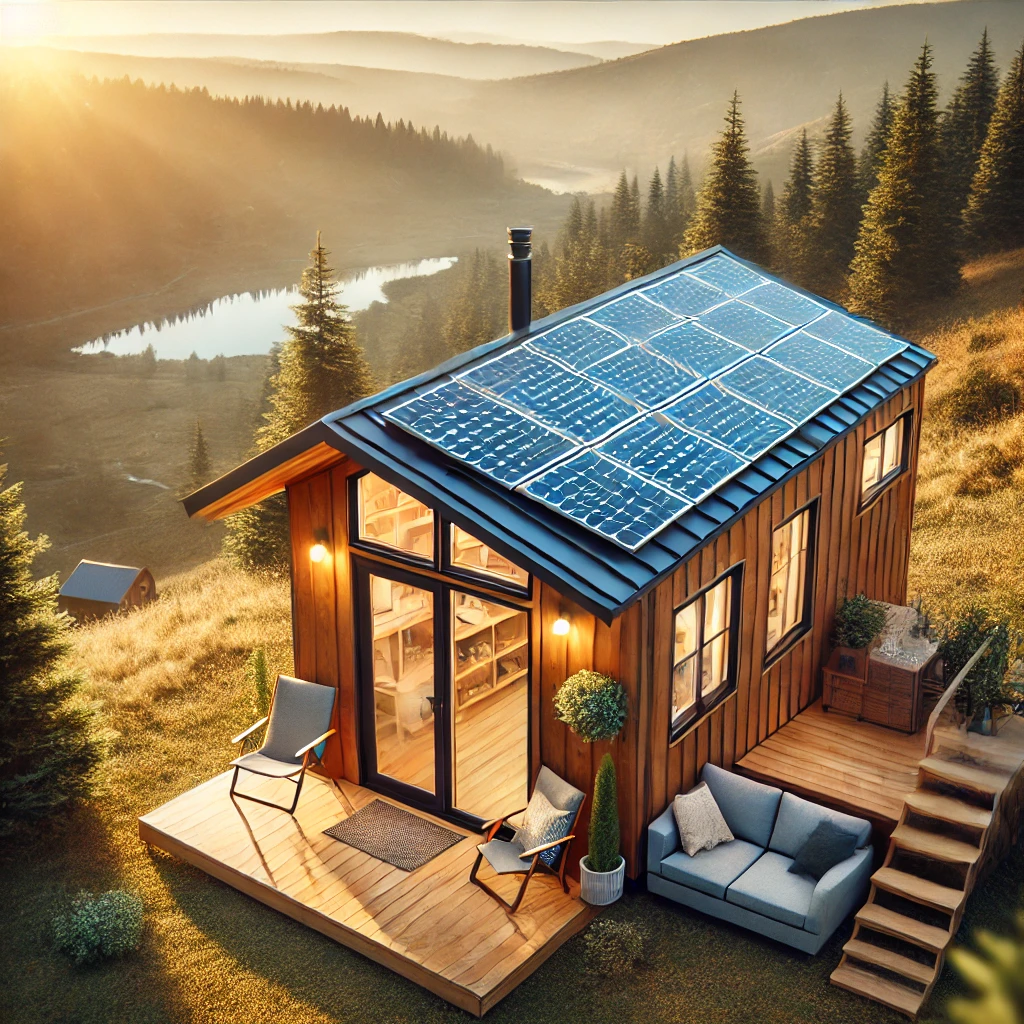Simplify & Roam: A Guide to Tiny Living
Top Blog Posts:
Browse some of our most popular Tiny Home topics:
Imagining the Future: What Tiny Homes on Wheels Might Look Like in 100 Years
What will tiny homes on wheels look like in 100 years? Imagine smart technology, sustainable designs, and versatile features that adapt to our ever-changing lifestyles. Dive into this visionary exploration of the future of mobile living.
Unlock Insider Tips on Tiny Home Living & Smart Buying Strategies.
Join our newsletter for exclusive tips on tiny home living, smart buying advice, and design ideas to bring your tiny home dreams to life—plus, get first access to special offers from Nomadic Structures!







